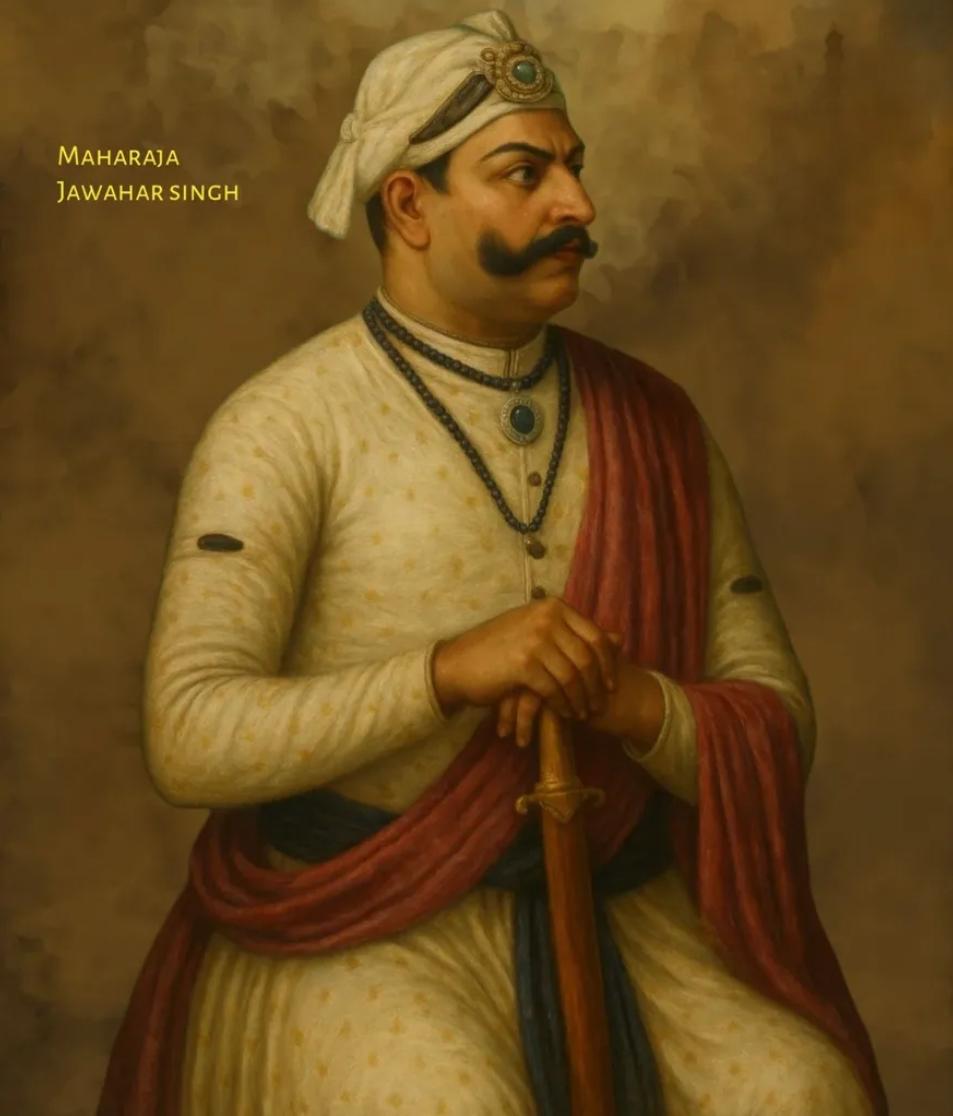Maharaja SurajMal had sown well the seeds of liberty and ambition in the heart of every Jat. If the parent-tree of the Jat State was withering in the land of Braj, its oflF-shoots grew up vigorously on newer soils and kept up the hope and faith of the people in their great political destiny. During the four years of the comparative neglect of the Doab by the Mughal Government since the battle of Dankaur, several Jat leaders, on their individual initiative, had been carrying on war with the object of carving out small principalities for themselves. They had not only created a powerful diversion to draw off a part of the Mughal army, but also found means to “send secret help to the besieged at Deeg“. Mirza Najaf Khan sent Afrasiyab Khan* to subdue them and restore order and peace in the Doab. Afrasiyab crossed the Jamuna with an army of fifteen thousand horse and a proportionate number of matchlock men and guns. After having expelled from that region all the Jat officials who were the ring-leaders of disturbance and rebellion, he laid siege to Aligarh. Maharaja Jawahar Singh Of Bharatpur had spent a large sum of money in strengthening its fortifications, given it the name of Ramgarh (it having been known as Sabitgarh before his time), and made it the grand depot of his military stores and treasure. After Afrasiyab Khan had reduced the garrison to great straits by a siege of several months. Rajah Bhup Singh of Mursan and Hathras commenced hostilities in his rear. At the instigation of the Maharaja the peasants throughout the Doab refused to pay taxes and resisted the authority of the Mughal Government. Afrasiyab, finding himself unequal to the task, summond his master to his assistance.
Reference:-
- History Of The Jats Vol-i (1925) by Qanungo, Kalika Ranjan


